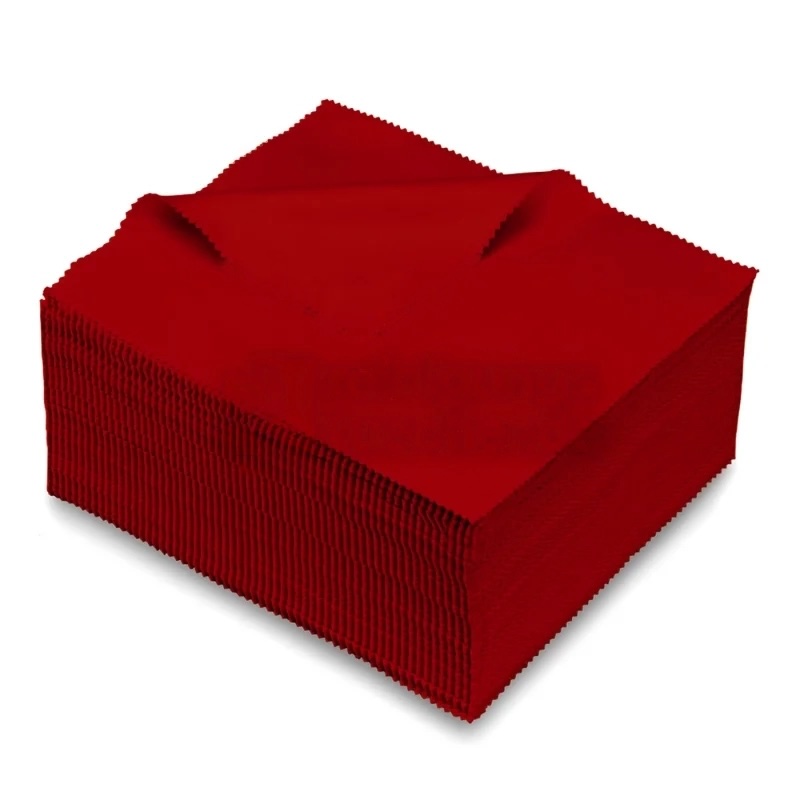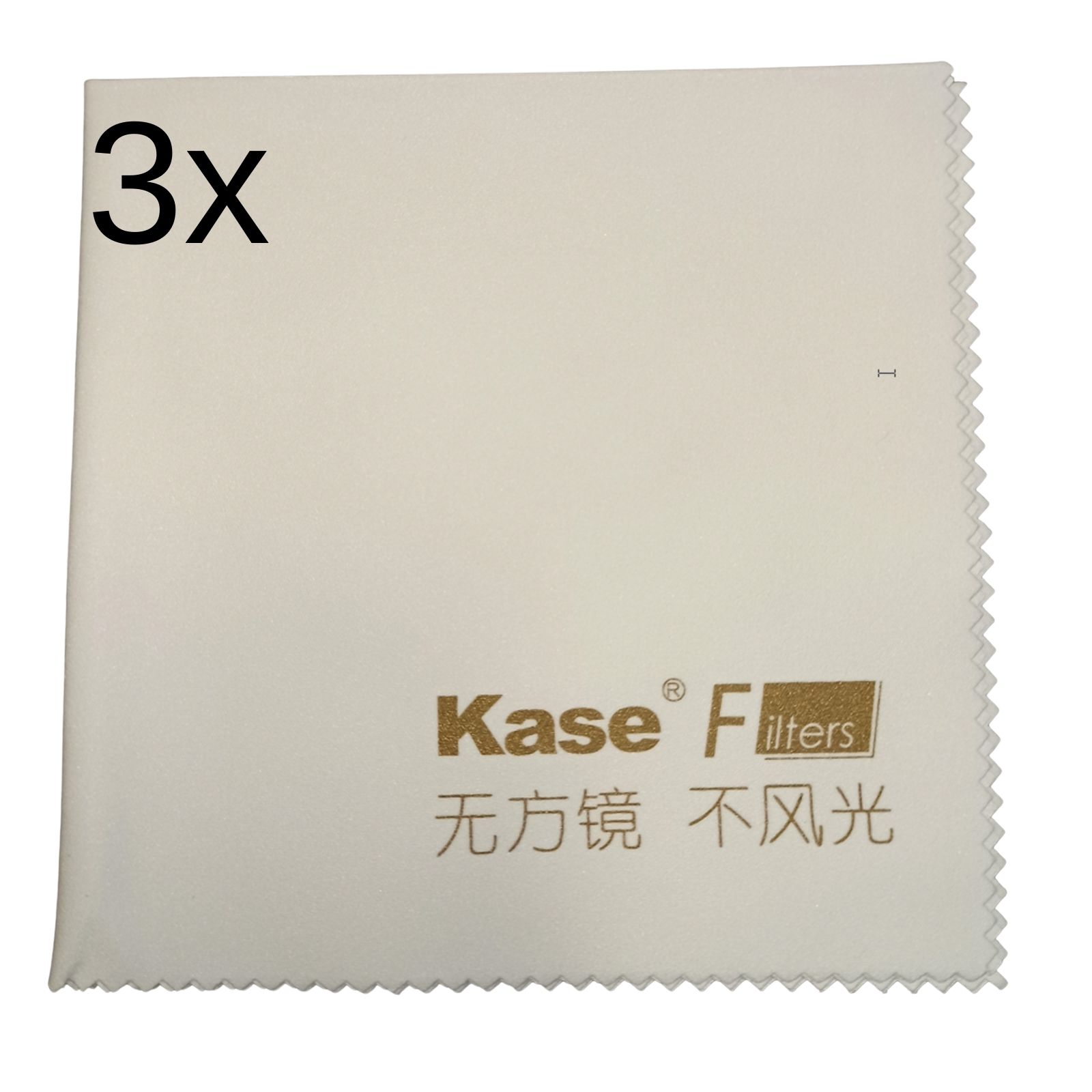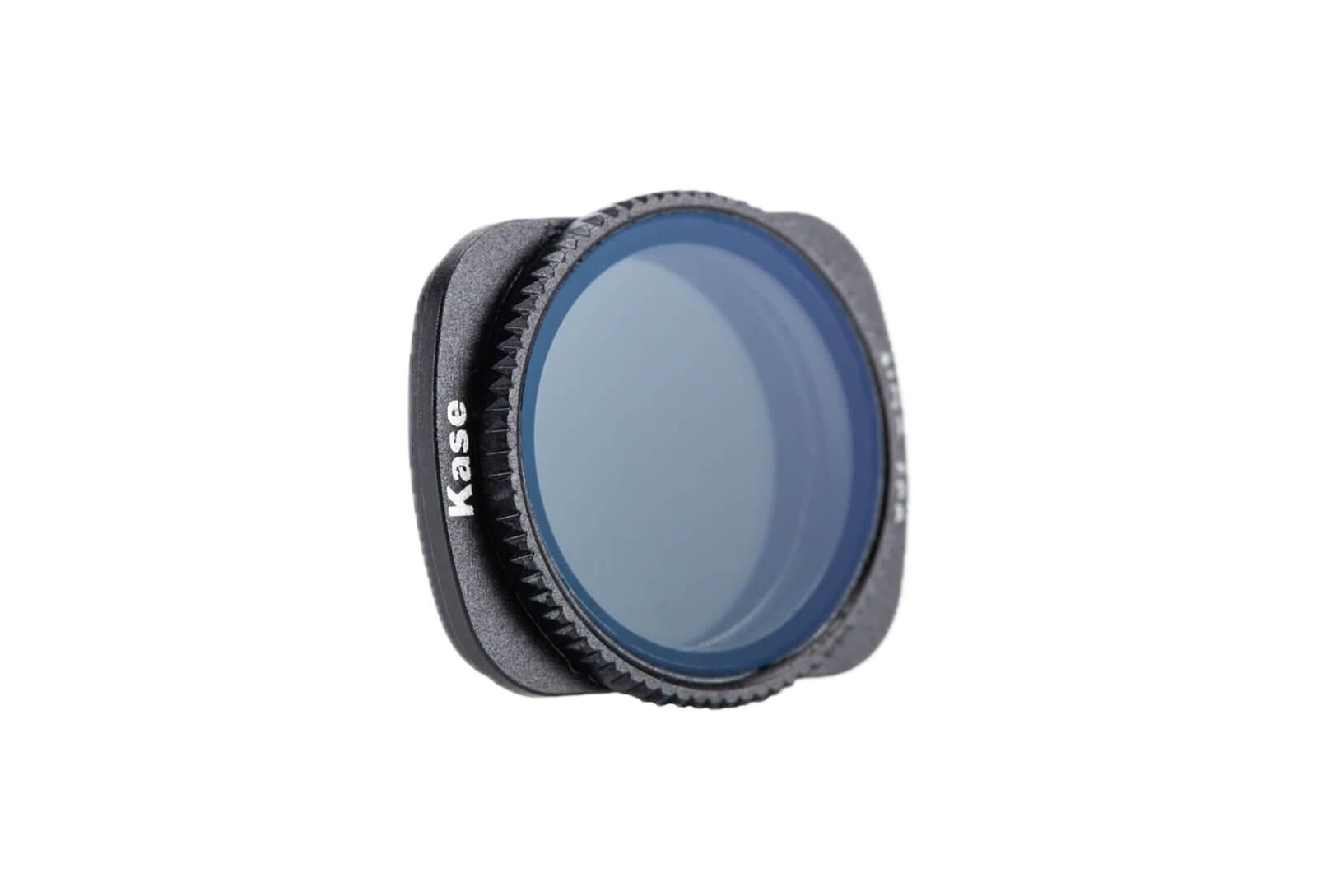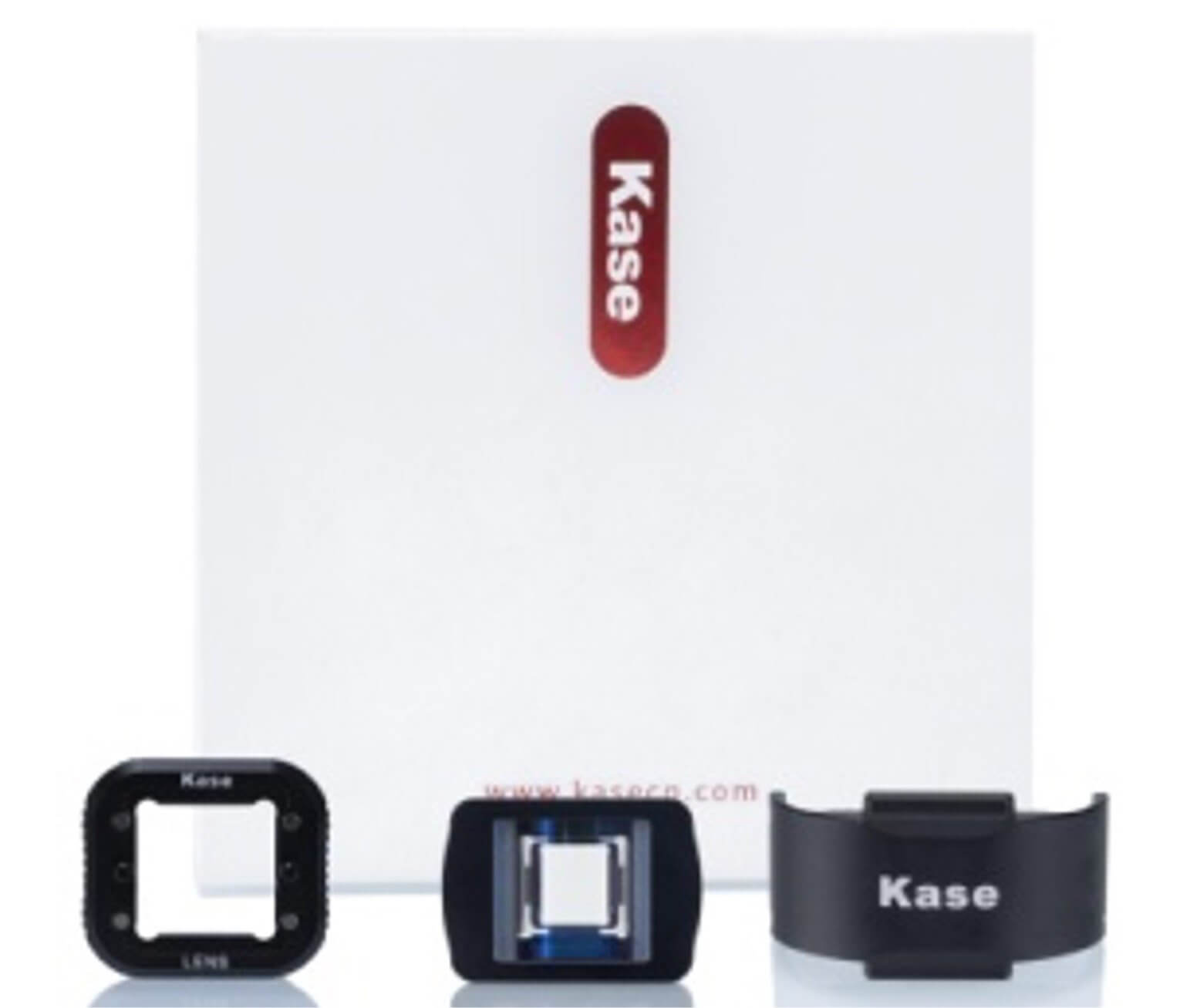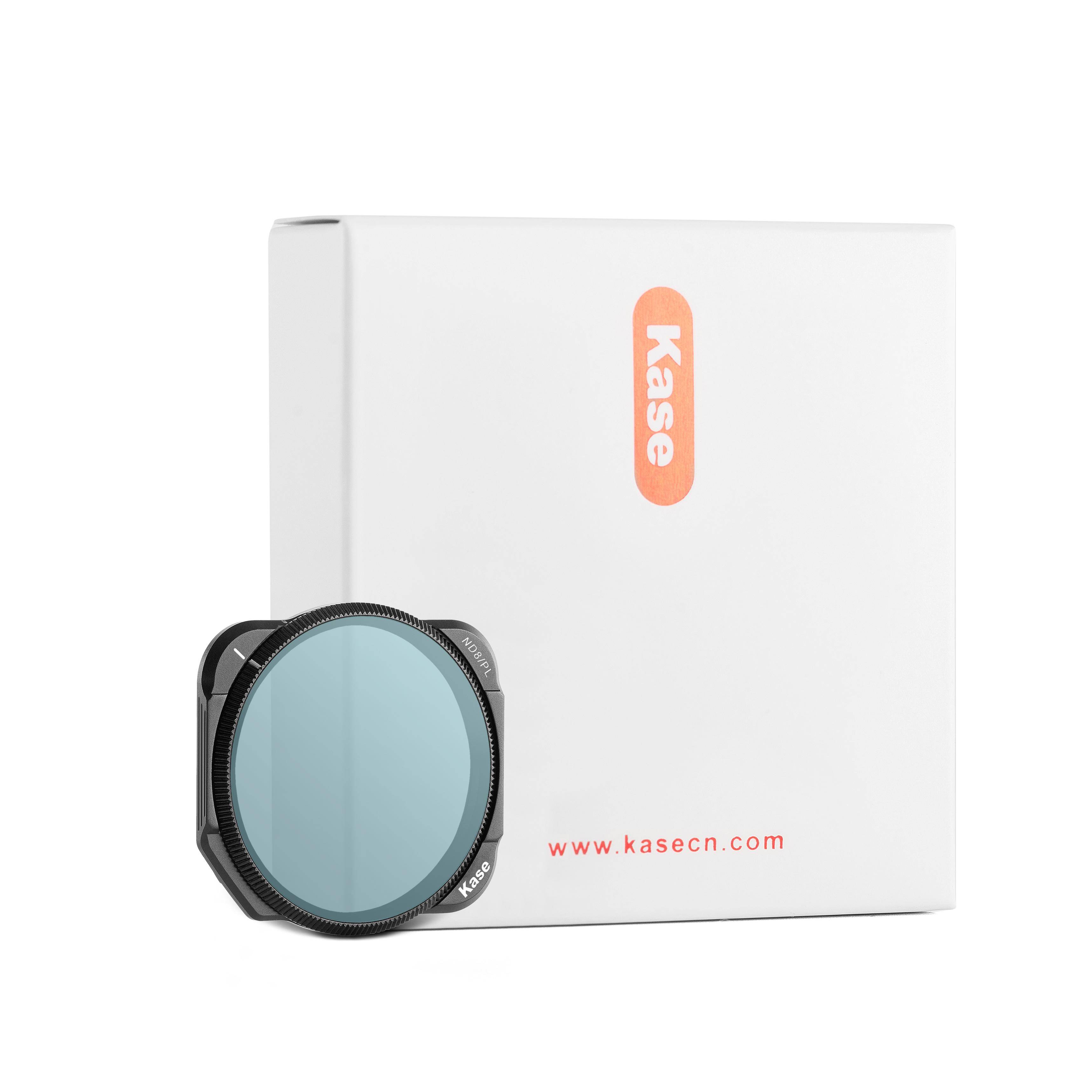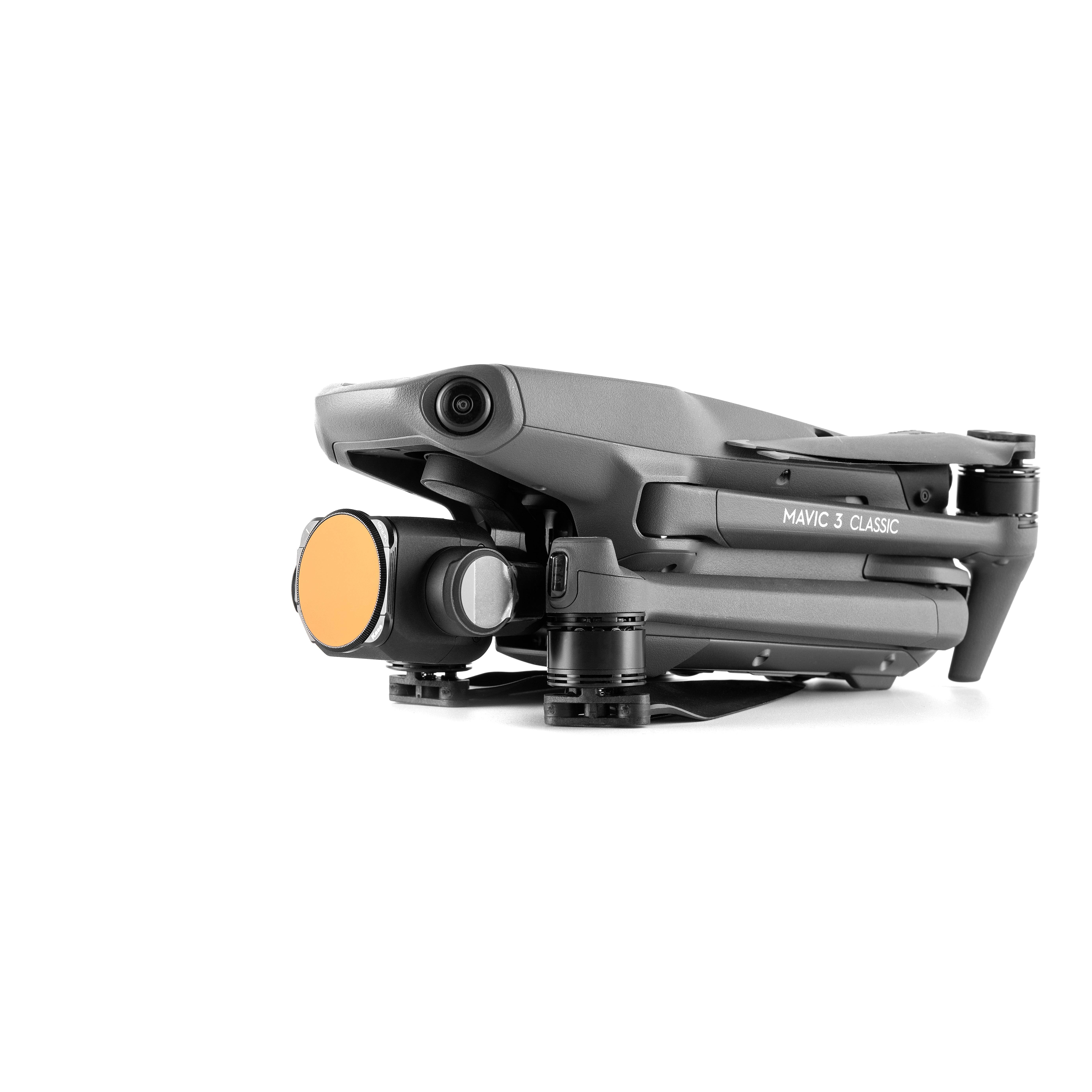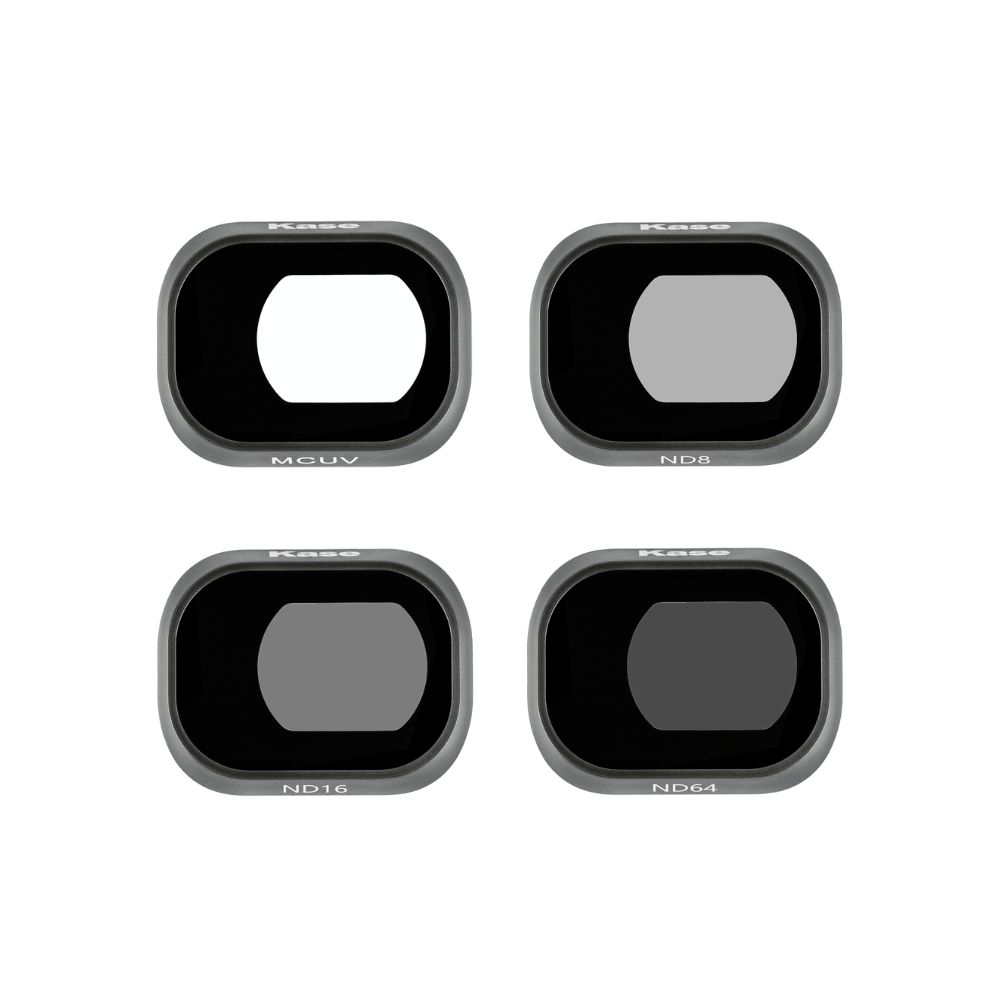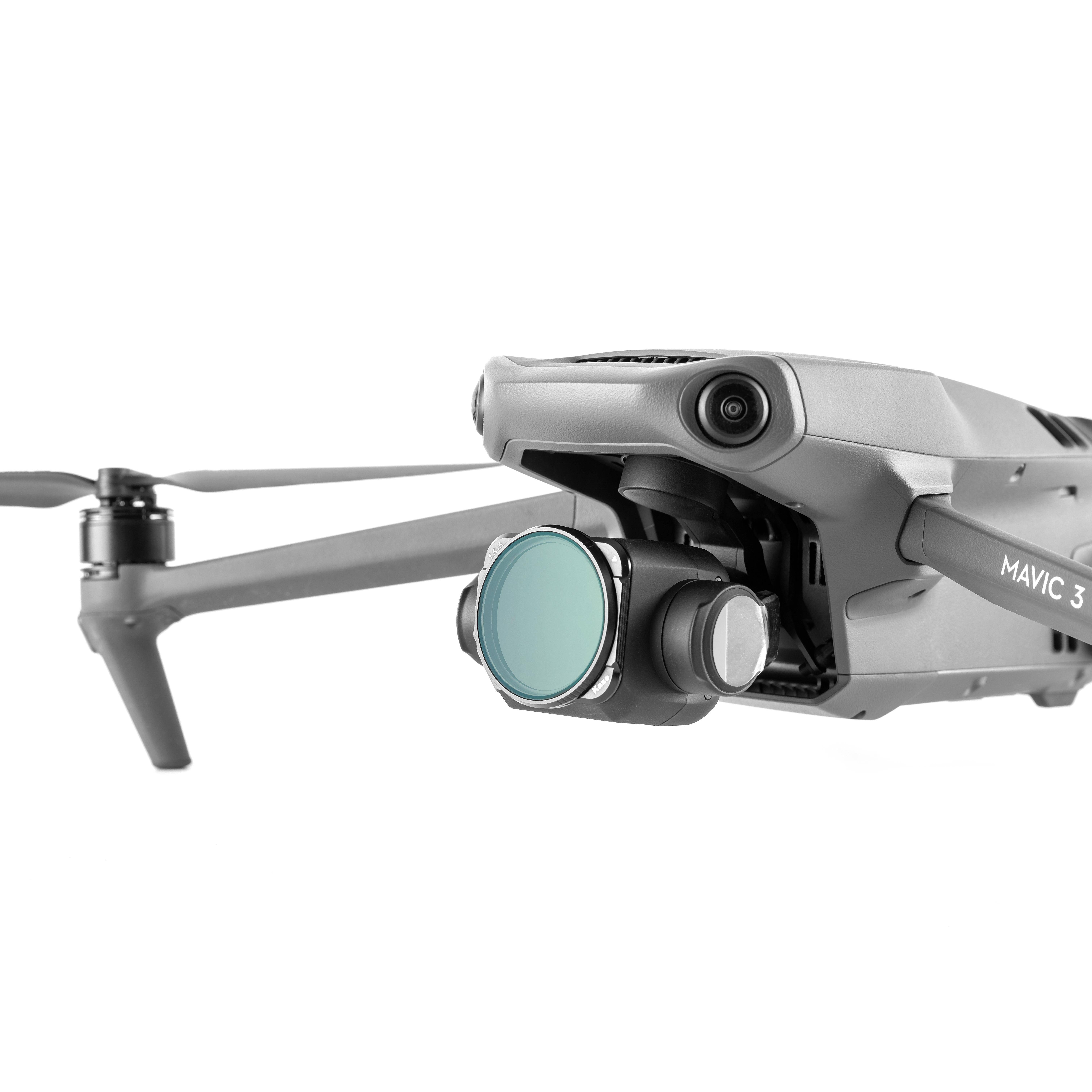Navigation
ND, CPL and Effect Filters for Drone Cameras
Kase Europe offers a wide variety of high-quality drone filters. Create fantastic images on a budget with ND, variable ND, CPL filters and much more. Also check out out drone filter sets and get discounts on your purchases.
Filter products
In Stock
In Stock
Preorder possible
In Stock
In Stock
Not In Stock
Not In Stock
In Stock
In Stock
In Stock
In Stock
In Stock
ND and CPL Filter for DJI OSMO Pocket, DJI Mavic 2 PRO and DJI Mavic 2 ZOOM
Anyone who wants to take color-intensive pictures with the DJI OSMO Pocket, the DJI Mavic 2 PRO or the DJI Mavic 2 ZOOM will inevitably have to buy ND filters sooner or later. For this we offer you numerous gray filter sets so that you are equipped for every situation. In the following you will learn what you need for the DJI OSMO Pocket and the DJI Mavic 2 PRO / ZOOM filters and which strengths are recommended.
Why do I need an ND filter for my drone?
ND filters, neutral density filters or gray filters, are often used by professional photographers to ensure even lighting of the recordings. This is a lens that is colored in a light shade of gray and can be screwed or clicked in front of the lens. Sometimes slide-in filters are also available, but we cannot recommend them because light can penetrate through the slits on the side of the lens, which often has a negative effect on the picture.
With such a neutral density filter, you can take very good photos, regardless of the incidence of light and solar radiation. We offer many different models that differ in tone and transparency. Another reason for using such filters is the imaging of a surrealistic image effect due to the increased exposure time. As a result, movements can be "fixed" and so-called wiping and flowing movements, such as water flow, cloud movements or moving cars in a big city, arise.
How does an ND filter work and how to choose which one to use with your drone?
In principle, an ND filter is nothing more than a pair of sunglasses for your camera and lets less light into the lens. This reduces the amount of light hitting the sensor and artificially extends the camera's exposure time by a fixed factor. Gray filters are available in different strengths, with which you can realize different exposure times. Even though most of these filters appear gray or black, colors and sharpness are not affected by the gray filters we offer. Just like the polarizing filter, the effect of an ND filter cannot be digitally reproduced.
Which ND filter strengths should you buy for the DJI OSMO Pocket, DJI Mavic 2 PRO and DJI Mavic 2 ZOOM and when should you use them?
When photographing with a drone or a handheld camera, five different filter strengths are generally used. These are ND4, ND8, ND16, ND32 and ND64 filters. The ND4 filter has 2 apertures, the ND8 filter has 3 apertures, the ND16 has 4 apertures, the ND32 has 5 apertures and the ND64 filter has 6 apertures. As a rule of thumb, one can assume that the exposure time doubles per aperture. It follows that the ND4 filter has, for example, four times the exposure time and the ND64 sixty-four times. With long exposure, more infrared radiation gets through, which changes the color of the photos and makes them appear in shades of blue.
In which situation is which neutral density filter used?
| Filter |
Context |
| ND4 |
The ND4 filter is used in moderate light and is suitable for rainy and stormy days. They are also used at sunset, sunrise and when the sun is at its zenith.
|
| ND8 |
The ND8 filter is used on sunny days and when the sky is slightly cloudy. |
| ND16 |
The ND16 filter is the standard filter for sunny days. |
| ND32 |
The ND32 filter is used on sunny days when there is a strong incidence of light. |
| ND64 |
The ND64 filter is to be used for snowy landscapes on sunny days, reflective water surfaces or similar. |
More about Kase filters for Drones
Which filters are compatible with the DJI OSMO Pocket, DJI Mavic 2 PRO, and DJI Mavic 2 ZOOM drones?
In addition to the gray filter for long exposures, polarizing filters and hybrid filters are other filters that are recommended for a drone. The polarization filter is a necessary tool for landscape photographers. Reflections on non-metallic surfaces such as glass or water are prevented. At the same time, green tones can be intensified, pictures by the sea can be taken without reflections, and sky pictures can be optimized. The sky shines in a strong blue, and the white clouds come into their own.
Especially for drones, hybrid filters, i.e., a combination of ND filter and polarizing filter, are a good solution because several filters cannot be attached one on top of the other. One also speaks of a combination filter, which is a normal gray filter with an upstream polarizing filter. You don't have to choose between the two filters; you can use the polarizing filter for light reflections and the ND filter for darkening. One could speak of a "2 in 1" filter.
Is it worth purchasing an ND or CPL filter for drones?
In conclusion, it can be said that successful photography and also drone photography include ND filters, which have very positive effects, especially with landscape pictures or city panoramas. These can be used to correct colors, avoid mirroring and reflections, and achieve wiping effects for an imaginative, dreamy picture. Depending on your needs, we have different filters on offer, and we have put together different sets for you.
What is the best filter intensity to use with drones?
When photographing with a drone, five different types of filters are generally used. These are the ND4, ND8, ND16, ND32, and ND64 filters.
- The ND4 filter with 2 apertures;
- The ND8 filter with 3 apertures;
- The ND16 filter with 4 apertures;
- The ND32 filter with 5 apertures;
- The ND64 filter with 6 apertures.
As a general rule, it can be assumed that exposure time doubles per aperture. Thus, the ND4 filter has, for example, four times the exposure time, and the ND64, sixty-four times. With a long exposure, more infrared radiation passes through, which changes the colour of the photographs and makes them appear in blue tones.
Do I really need to buy an ND filter for my drone?
It depends on the type of photography you want to do. Generally, high-quality photographs always include the use of ND, CPL, and other types of filters.
ND filters, neutral density filters, or gray filters are often used by professional photographers to ensure even lighting in recordings. It is a coloured lens in a light gray tone that can be screwed or fitted onto the front of the lens. Sliding filters are also sometimes available, but we do not recommend them as light can penetrate through the slits on the side of the lens, which often has a negative effect on the recording. With a neutral density filter of this type, very good photographs can be taken, regardless of the incidence of light and solar radiation. We offer many different models that differ in tone and transparency. Another reason to use these filters is to obtain a surrealistic image effect due to the increased exposure time.












